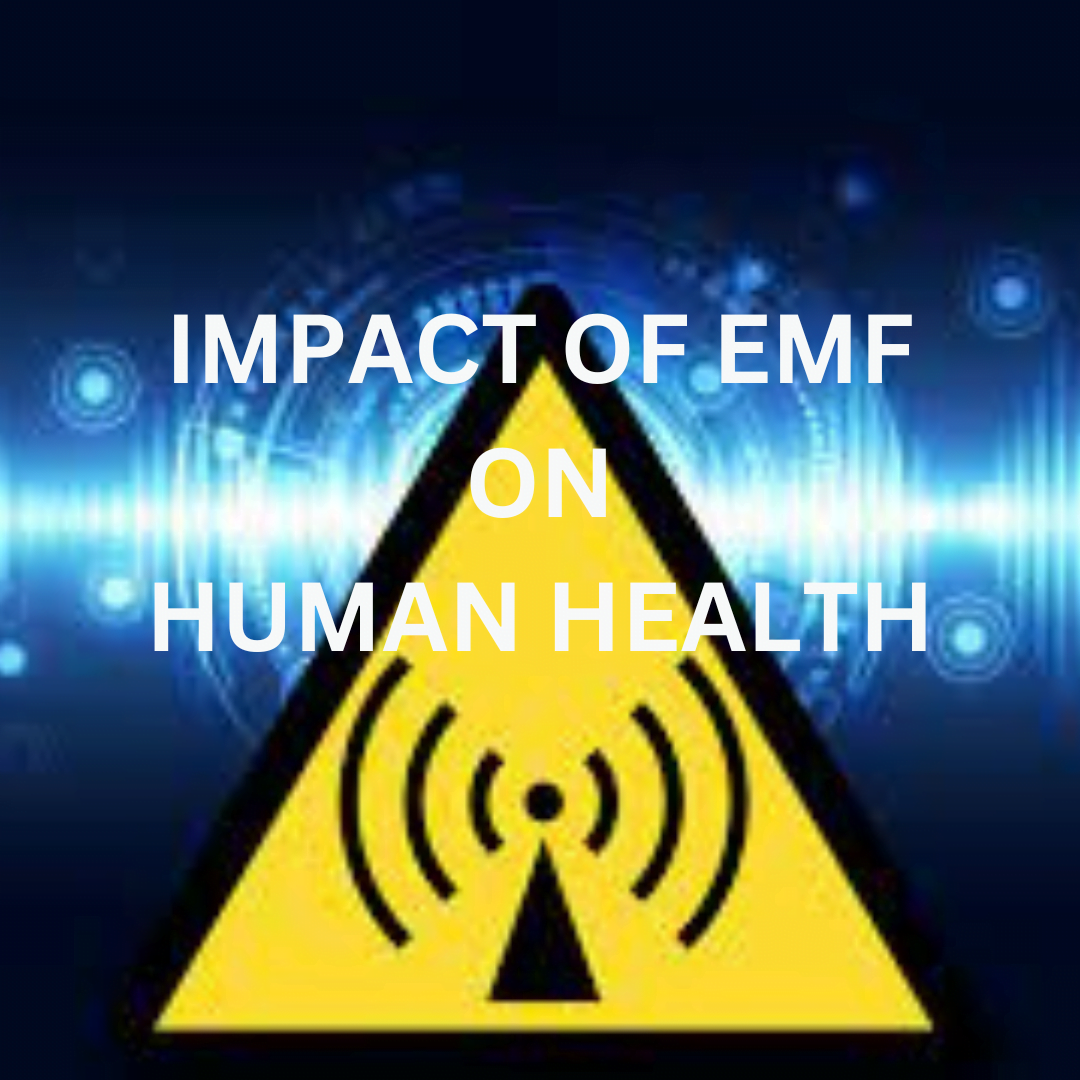Introduction:
In our rapidly advancing society, where technology has become an integral part of our lives, it is vital to acknowledge the challenges faced by individuals dealing with Electro-Hypersensitivity (EHS). This article aims to delve into the matter with compassion and insight, creating a supportive environment that harmonizes the benefits of technology with individual health and well-being.
Empowering Building Biology for a Healthier Future
Electro-Hypersensitivity (EHS), also known as electromagnetic hypersensitivity, refers to the condition where individuals experience adverse health effects due to exposure to electromagnetic fields (EMFs) emitted by electrical and wireless devices. While scientists continue to explore EHS, we must recognize and empathize with those who endure these distressing symptoms.
Understanding EHS Symptoms:
EHS symptoms may vary from person to person, encompassing a wide range of experiences. Some of these symptoms include:
- Skin-related symptoms:
Individuals may suffer from redness, rashes, burning sensations, or tingling.
- Neurological symptoms:
Headaches, fatigue, dizziness, nausea, difficulty concentrating, memory problems, and brain fog are among the common symptoms.
- Respiratory symptoms:
EHS may manifest as difficulty breathing and chest pain or discomfort.
- Sleep disturbances:
Insomnia and disrupted sleep patterns are frequently reported by individuals with EHS.
- General discomfort:
Muscle or joint pain, heart palpitations, tinnitus (ringing in the ears), and eye irritation are additional symptoms associated with EHS.
Experiencing one or more of these symptoms may indicate sensitivity to electromagnetic fields (EMFs). However, it is important to note that other factors can also influence these symptoms. Seeking advice from a healthcare professional is recommended to rule out other potential causes prior to addressing EMF-related concerns.
The Recognition and Support for EHS:
While EHS may not be universally acknowledged as a medically diagnosable condition, it is important to note that the World Health Organization (WHO) recognizes the reality of these symptoms. EHS is characterized by a range of non-specific symptoms that may vary in severity from person to person.
The Challenges and Isolation Faced:
In today’s tech-savvy world, EMFs are pervasive, posing significant challenges for individuals affected by EHS. Local sources such as WiFi routers and smartphones can exacerbate symptoms, often leading affected individuals to retreat from crowded places in search of relief, often unaware of the underlying cause.
Furthermore, the lack of understanding and support from those who do not experience these sensitivities adds to the burden faced by those with EHS, often resulting in social isolation.
The Role of Building Biology:
The Centre for Building Biology comprehends the impact of modern electrical power and wireless communication on our living spaces, which could contribute to health issues like EHS. Their mission is to educate and connect individuals, promoting the creation of healthy habitats.
Emphasizing Empathy and Support:
Electro-Hypersensitivity is a condition that deserves our empathy and understanding. As technology continues to shape our lives, let us remember the well-being of those who may be affected by EHS. The Centre for Building Biology is dedicated to promoting healthy living environments by providing education and resources, highlighting the significance of achieving a harmonious balance between technology and overall well-being.
In conclusion, by prioritizing empathy, education, and support, we can work towards creating a better future where the impact of EMFs on health is better understood and the harmony between technology and wellness is achieved through the principles of building biology.
